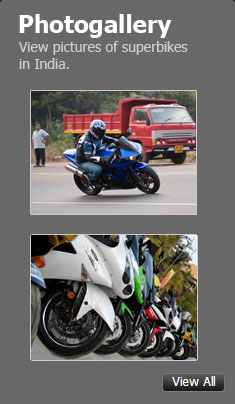News
Upcoming ANCAP crash tests to include more real-world scenarios
2026 protocols could also include a virtual element which takes into consideration the weight or age of occupants.
Australia & New Zealand's crash-testing authority, the Australasian New Car Assessment Program (ANCAP), makes updates to its crash test protocols once every three years. The next set of changes is said to be rolled out in 2026.
Ahead of its introduction though, ANCAP is expected to include more "real-world" scenarios in its crash tests. These include factors like how passengers' safety is impacted when driving in the rain or when the roads aren't flat. In addition, Carla Hoorweg, CEO of ANCAP, mentioned that the 2026 protocols will be focussed on "robustness" while making changes to the scoring process as well. Hoorweg added, "There's all sorts of things that are in the mix for consideration at the moment."
Talking about including real-world scenarios, the CEO stated, "Things like the camber of the road is one that's come up where test tracks are completely flat, but roads are always built with some kind of camber in them. So is it real-world? How well do these vehicles perform in more real-world scenarios? What about a bit of rain? What about light levels? We’re [already] doing day-time and night-time for the pedestrian [tests], but can we expand that to other areas of testing? The focus is on ensuring that we are minimising the opportunity for manufacturers to just design to the protocols."
Although yet to be confirmed, the 2026 protocols could also include a virtual element which takes into consideration the weight or age of the driver or passenger and how that could affect their safety in the event of a crash. Hoorweg added, "When we are looking at the 2026 protocols, there's a lot of work going on around what additional information virtual testing can give us. So we will be incorporating more of that as well as some physical crash tests to expand the information that manufacturers are providing around how a variety of different people might fare in those tests. There is growing concern around obesity, the more you weigh, the worse you're going to do and the elderly [as well] because lower bone density is also problematic even in low speed crashes."
Talking about the implementations of new protocols, the CEO mentioned, "But the benefit of being a non-regulatory system is we're really nimble, so we can go and do work like this and then we can incorporate that into our protocols and that's something that we'll keep working on. Because our protocols are shared with Euro NCAP it's something that then will permeate more broadly than just us doing it."
During the last set of protocol updates, ANCAP introduced tests to check occupant safety when a car was submerged in floods, cyclist protection and how well vehicles prevent children being inadvertently left in the rear seat.
Source: Drive.au
















